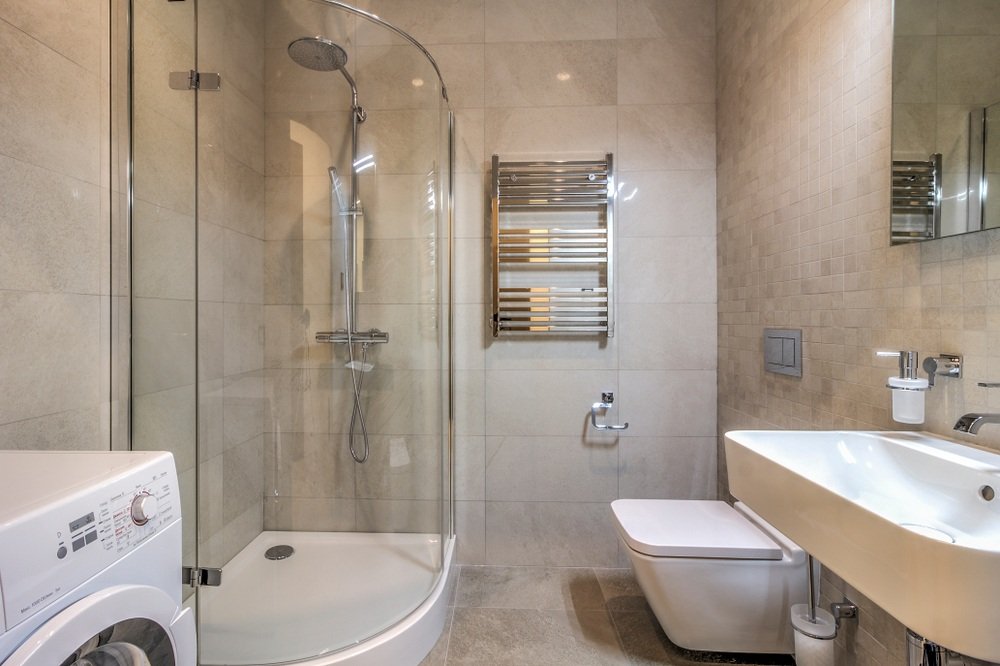The Best Ways to Save Water If You Have High Water Bills
Some homeowners often feel like they’re drowning in monthly water bills. If you are paying too much for water, it’s important to understand how your bill is calculated. Then, you will have the information you need to keep your head above water and lower your water bills.
How Are Water Bills Calculated?
The rate structure that is used to calculate a water bill varies depending on the utility provider. Some utility providers use a uniform rate, which means they charge a fixed amount per gallon of water used. For example, if you are charged $1.00 per gallon and you use 10 gallons of water, your water bill would be $10.00.
It’s common for utility companies located in areas that are prone to drought to use an increasing block rate instead of a uniform rate. Using this structure, the water company would increase the price per unit at higher usage rates. For instance, someone who only uses 10 gallons of water would be charged $1.00 per gallon, whereas someone who used 100 gallons of water would be charged $2.00 per gallon. This rate structure encourages users to conserve water in order to avoid excessive charges.
The demand for water peaks during certain times of the year. To manage this demand, water companies often charge seasonal rates that are higher than standard rates. Once the peak season is over, the water company will return to its standard rate.
These are the most common types of rate structures that are used to calculate water bills in the U.S. Based on this information, it’s clear that using less water is the only way to lower your water bill. Fortunately, there are plenty of ways to conserve water around the home.

How to Save Water and Lower Water Bills
The simplest way to save water on a daily basis is to shorten your showers. The Environmental Protection Agency (EPA) estimates that showers account for 17% of your water bill, so shortening your daily shower to five minutes or less could lead to significant savings.
Speaking of showers, consider installing a low flow showerhead as well. Low flow showerheads are designed to limit the flow of water to no more than 2.5 gallons per minute. By making this switch, it’s possible to save hundreds of gallons of water every time you take a shower.
It’s also wise to hold off on running the dishwasher or clothes washer until you have a full load. Both of these appliances will use the same amount of water regardless of the size of the load, so maximize every drop of water by only running full loads. Also, skip the pre-rinse when you are loading dishes into the dishwasher. There’s no need to rinse dishes off before putting them in the dishwasher—this is just a waste of time, water, and money.
Examine the faucets in your kitchen and bathrooms to look for leaks. A few drips from a faucet may not seem like much, but these drips add up quickly. If a faucet leaks one drop of water per second, it will waste over 2,000 gallons of water in a year. Fix these leaks so you aren’t throwing money down the drain month after month.
There’s no need to panic over high water bills. These tips can make it easy to reduce your water usage and drastically lower your monthly water bills! Get everyone in your home on board with these strategies so you can save as much money—and water—as possible.


